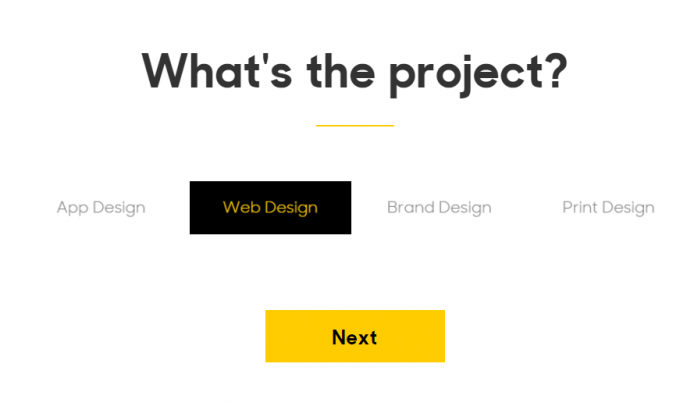
Developing a strong working relationship with your clients means really getting to know them.
In most cases, design is just one of many pieces of a larger puzzle your client needs to solve. Try to understand your project’s place in the larger picture and how it fits into your client’s larger business goals.
The best relationship to establish with your primary client contact is as trusted collaborator—and that means getting to know what makes them tick.
Be sure you can answer these four questions before you begin working with clients:
1. What is your client’s decision-making style?
Learning this is a critical step. It may take time and practice, and it can be a matter of trial and error.
Pay close attention not only to the content of your exchanges, but the timing, rhythm, and speed of all interactions. Are your client’s communications prompt, measured, and precise? Or spontaneous, sporadic, and even chaotic?
Personality and personal style play a large part in how your client will accept and approve your work.
2.What is your client’s role within his or her organization?

An Experienced Freelancer’s Guide to Finding Clients
Understanding your client’s position in the structure of the company is also important. The ideal client will know the brand inside-out and have final say on creative decisions—but in most cases, that’s not who you’ll be working with.
Getting sign-off and approvals on creative from the CEO of a nimble start-up will be completely unlike accomplishing the same thing for a large, multi-national corporation. Generally speaking, larger organizations have more layers of management to cut through. Ask yourself: Can my contact effectively champion a risky solution? Can they call the shots and persuade others to follow along? And how can you most effectively support them in doing so?
3. What kind of organization are you working with?
It’s important to research and understand the organization, too. Knowing the competitive landscape of your client’s business can and should be a key factor in the creative choices you choose to present.
Is the business dynamic and trend-driven, or is it more drawn to security and tradition? Companies facing fierce competition in a fast-moving market may be more comfortable with bold choices, while an established industry leader might prefer a more measured and cautious approach, applying incremental, measured change to an established status quo.
4. What does this project mean to your client?
Finally, understand what’s at stake with this particular project. How does it fit into your client’s overall vision and goals for the organization?
An internal or shareholder document, for example, will have an entirely different set of expectations and demands than something intended for public consumption. This is an area you might be able to assist your client with, helping shape vague or unfocussed desires into measurable goals.
Remember: The clearer the target, the better your chances of hitting the bullseye.
Want more information on dealing with clients? Check out the lynda.com course Running A Design Business: Starting Small. This course is especially helpful for freelancers who are ready to grow their practices into a small creative company.
Start your free 10-day trial
Begin learning software, business, and creative skills—anytime, anywhere—with video instruction from recognized industry experts.





